Cherenkov Emission Imaging and Spectroscopy Using a Pulsed Linear Accelerator and the Subsequent Deep-Tissue Imaging
Cherenkov radiation, also referred to as either Čerenkov or Cerenkov radiation, takes place when charged particles (e.g., electrons) move through a dielectric (i.e., electrically polarizable) medium at a phase velocity greater than the speed of light in that medium.1 Emission of this radiation (see Figure 1) occurs as the charged particles lose energy inelastically via electric field interactions with the…Read Full Article
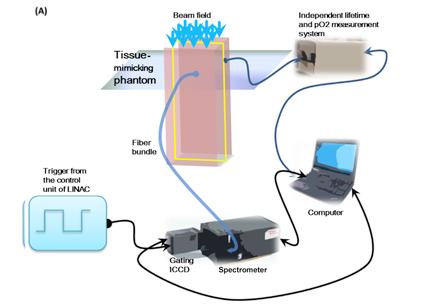
Advanced CCD Cameras and Imaging Spectrographs Facilitate Acquisition of Novel Femtosecond Stimulated Raman Spectroscopy
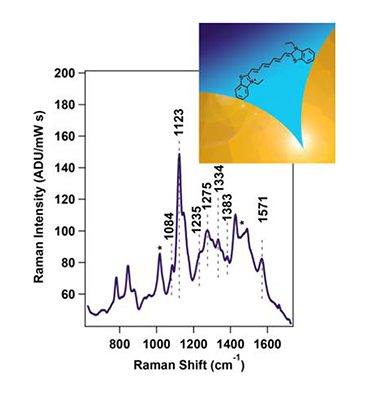
Accurate characterization of surface-enhanced Raman spectroscopy (SERS) biosensors, fluorescent dye molecules that hold great promise for in vivo bioanalyte detection, can often be quite difficult as the overwhelming isoenergetic fluorescence signal typically makes it challenging to measure…Read Full Article
Real-Time Imaging of Singlet Oxygen via Innovative Microspectroscopy Instrument
Molecular oxygen is one of the most important molecules in maintaining life as well as in mechanisms by which life is extinguished and materials destroyed. For several decades,
researchers have been intrigued by the physical and chemical properties of molecular oxygen’s lowest excited state, singlet oxygen (1O2). In particular, singlet oxygen has a unique reactivity that can result in…Read Full Article

Scientific NIR-II/ SWIR Cameras Enable Femtosecond Frequency Comb Vernier Spectroscopy
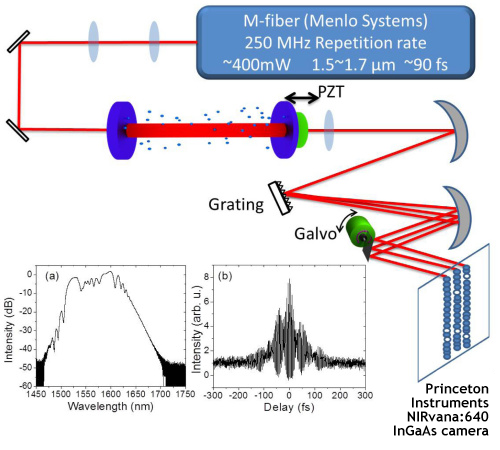
A frequency comb is a spectrum that comprises a series of discrete, equally spaced elements. The most popular mechanism used to generate a frequency comb is stabilization of the pulse train by a mode-locked laser. In 2005, John L. Hall and Theodor W. Hänsch shared one half of the Nobel Prize in Physics for their contributions to this important area. Recently developed techniques…Read Full Article
Cherenkov Emission Imaging and Spectroscopy Utilizing Isotopes and a Linear Accelerator
Cherenkov radiation, also referred to as either Čerenkov or Cerenkov radiation, takes place when charged particles (e.g., electrons) move through a dielectric (i.e., electrically polarizable) medium at a phase velocity greater than the speed of light in that medium. Emission of this radiation (see Figure 1) occurs as the charged particles lose energy inelastically via…Read Full Article
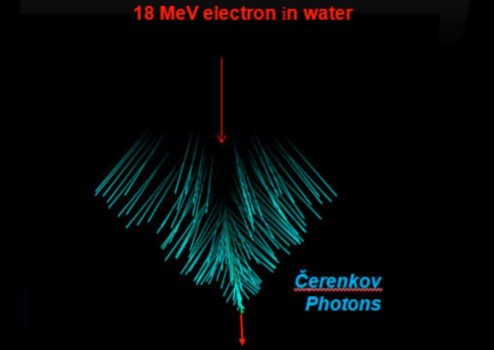
Ultra-High-Speed, Time-Resolved Spontaneous Raman Scattering Spectroscopy in Combustion
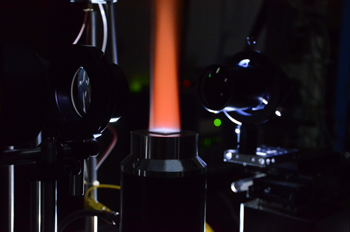
In combustion, until recently only two temporal optical
gating schemes were available to increase signal-to-noise
ratio (SNR) for time-resolved spontaneous Raman scattering (SRS) spectroscopy. Problematic optical background noise could be rejected either by electronic gating with an image intensifier or by using a mechanical shutter. Unfortunately, each of these traditional approaches has its shortcomings.
Image intensifiers, for example, provide excellent optical
background noise rejection via…Read Full Article
Acquiring and processing Raman spectral data for the C2-D stretching vibration of 2 deuterated histidine
We have recently reported the use of a deuterium label on the 2-carbon of histidine as a reporter of the protonation state of histidine, and possibly also as a reporter of histidine’s local environment. Implementation of this probe into proteins would provide an easy way to…Read Full Article
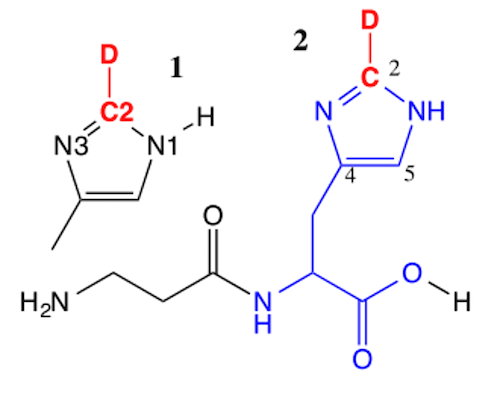
Tip-Enhanced Raman Scattering (TERS)
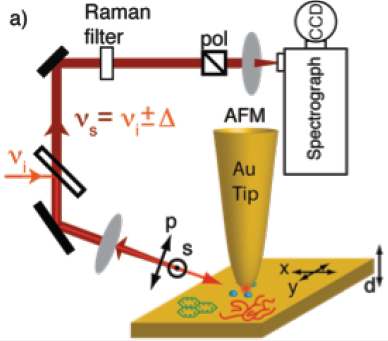
The ability to identify small quantities of adsorbed analyte or structural features down to the few-molecule level is a key challenge in nanotechnology. Optical spectroscopy provides an attractive means to achieve such identification via non-invasive implementations and the potential for chemical sensitivity. Raman scattering has emerged as a particularly powerful technique due to its…Read Full Article
